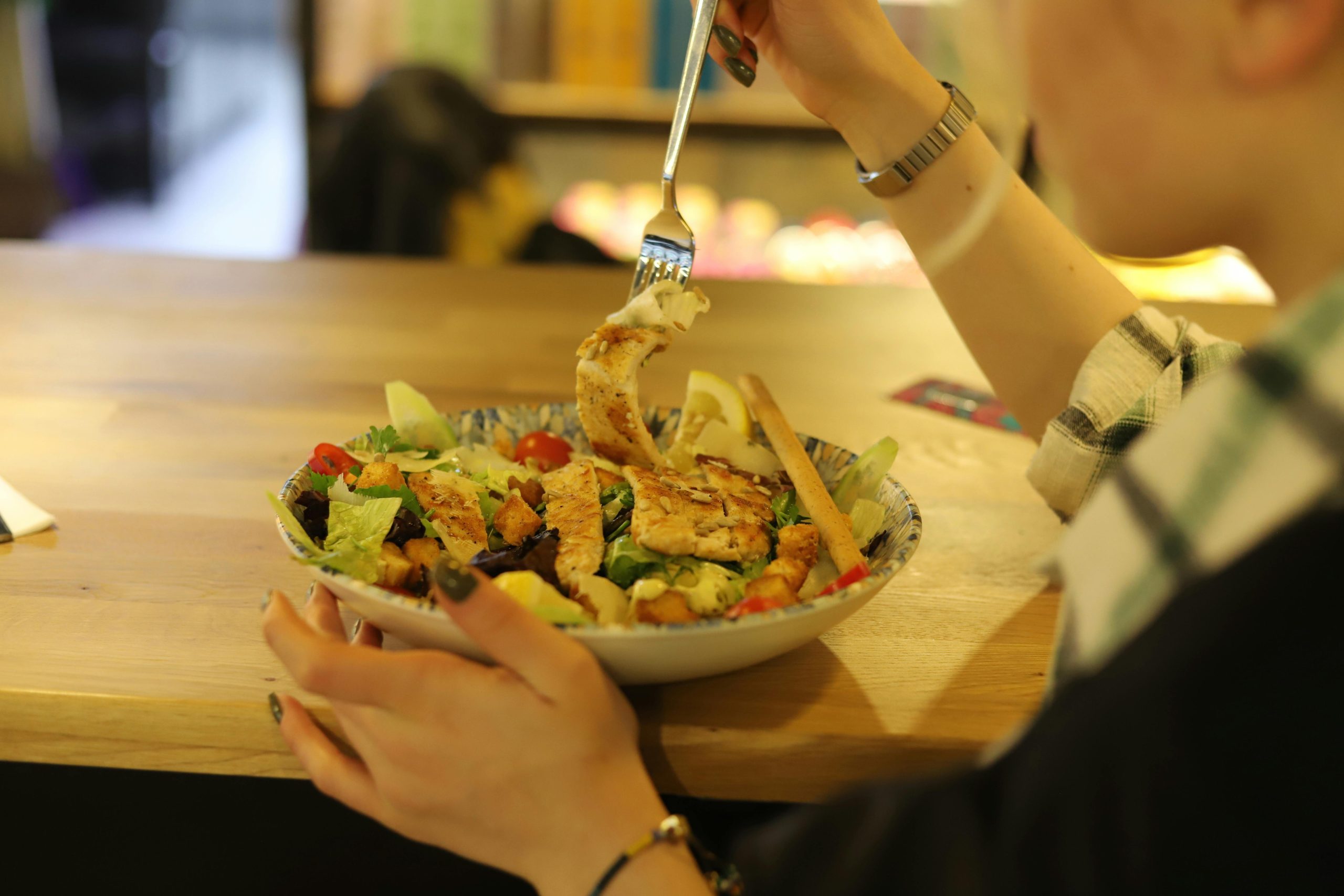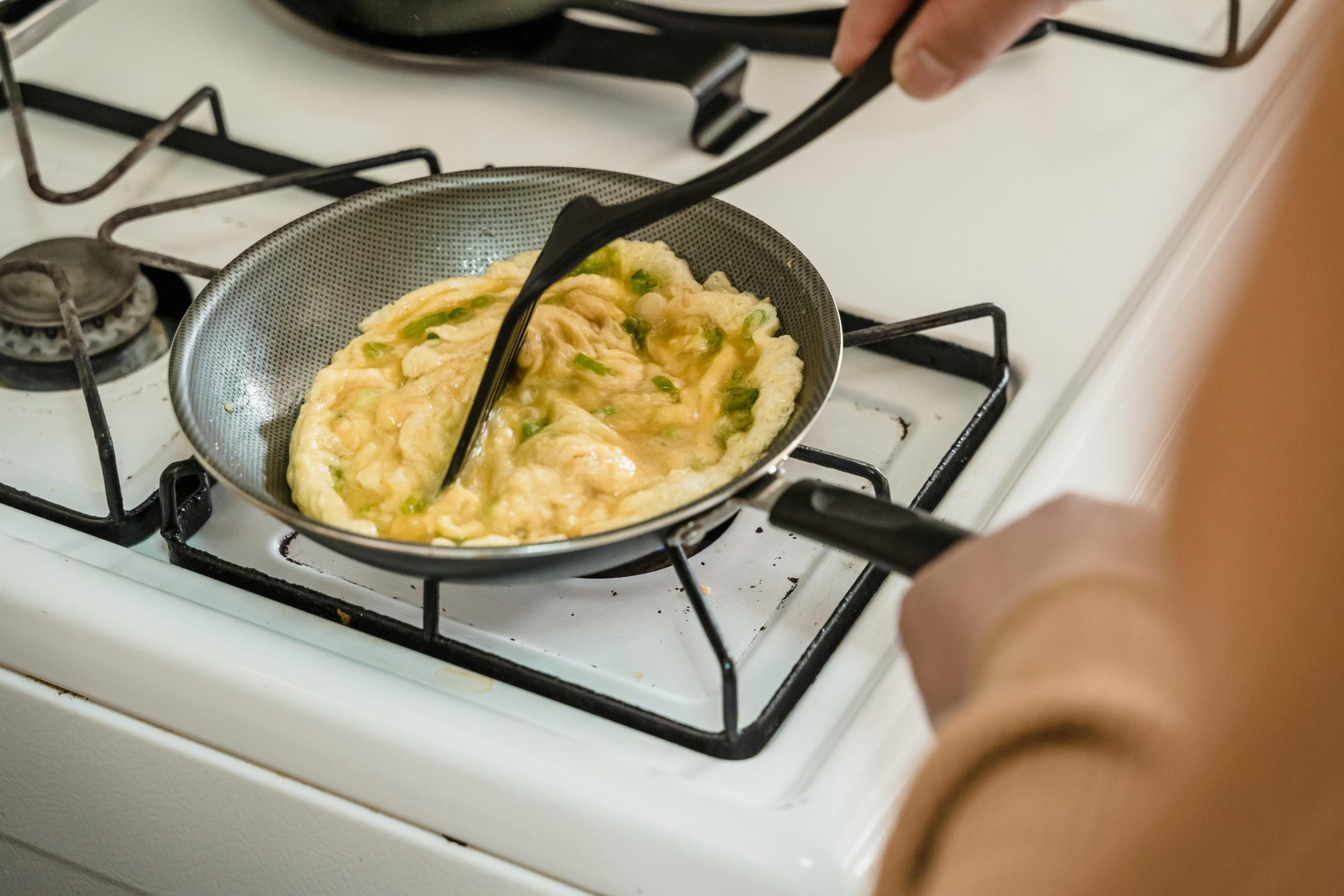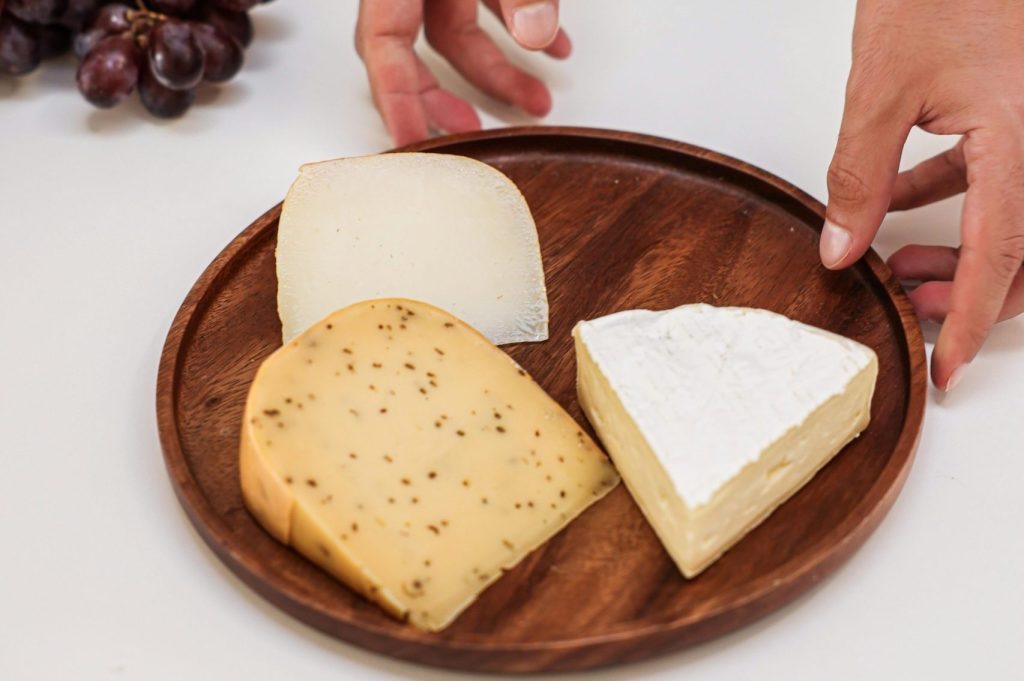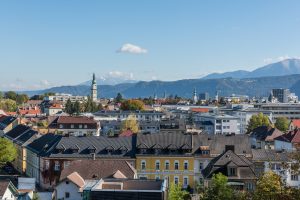6.3 Weder Fisch noch Fleisch – oder doch?

Servus!
Zum Aufwärmen machen wir unseren Tagesminiplausch und eine Wiederholung.
Wiederholung
In the previous lesson, you learned to talk about vegetables. Let’s review what you have learned.
Let’s review veggies. Write two columns in your written journal (1. Ich esse gern… and 2. Ich esse… nicht gern) and answer the questions:
Welches Gemüse isst du gern?, naming a couple of your favorite vegetables in the first column.
Welches Gemüse isst du nicht gern?, naming a couple of your least favorite vegetables in the second.
Then record your lists in your audio journal. If you do not remember how to pronounce the words, review the previous lesson. If you want to challenge yourself, record complete sentences instead of lists, using the column headings.
Lektionsüberblick
If something cannot be clearly categorized, it is said to be weder Fisch noch Fleisch (neither fish nor meat – the English saying is neither fish nor fowl). We could also use these words to describe what a vegetarian eats. This lesson is all about different kinds of (in the US) typically consumed eiweißhaltige Lebensmittel (protein-rich foods) including fish, meat, other animal products, and other foods. In the end, you will be able to 1) recognize words for eiweißhaltige Lebensmittel among other food words, 2) name at least eiweißhaltige Lebensmittel that you like to eat, and 3) name at least one that you do not eat.
1) Eiweißhaltige Lebensmittel (Protein-rich foods)
Read and listen to the products in the presentation below. Again, you will see words that are strikingly similar to English, and a few other words as well.
Let’s practice. Be sure to click through to the second question.
Jetzt bist du dran!
2) Ich esse gern…
Welche eiweißhaltige Lebensmittel isst du gern? What protein-rich foods do you like to eat? Read and listen to the responses below.
 |
 |
 |
| Ich esse gern Hühnerfleisch. | Ich esse gern Eier. | Ich esse gern Käse. |
Let’s practice.
Jetzt bist du dran!
Österreich im Blickpunkt

Klagenfurt am Wörthersee ist die sechstgrößte Stadt Österreichs und wird meist kurz Klagenfurt genannt. Sie liegt im Süden Österreichs, nahe der Grenze zu Slowenien. Klagenfurt liegt 446 Meter über dem Meeresspiegel und ist von Hügeln und Bergen umgeben.
3) Ich esse kein/e…
Perhaps there are foods that you do not eat at all. Do you remember the word that you put in front of a food that you don’t eat? See if you can spot it in the comic below.

Here are some other examples.
Ich esse keine Tierprodukte. Ich esse vegan.
Ich esse keine Nüsse. Ich habe eine Allergie gegen Erdnüsse.
Ich trinke keine Milch. Ich vertrage keine Milch. Ich habe eine Milchunverträglichkeit.
Let’s practice.
Jetzt bist du dran!
Then record yourself in your audio journal. It might sound like this: keine Nüsse, kein Fleisch
If you can do it immediately without reading, that’s great! Otherwise, practice saying it a couple times before recording. Or rerecord, if you are not satisfied.
Zum Schluß

*As you conclude this lesson, don’t forget to check Canvas!*

Media Attributions
- Klagenfurt text adapted from Wikipedia, licensed under a CC BY-SA 4.0 International License.
Media Attributions
- Private: 1010-at-banner-large
- Photo of person eating cheese by pexels-cup-of-couple-8472928
- Photo of Klagenfurt by Johann Jaritz, CC BY-SA 4.0, https://commons.wikimedia.org/w/index.php?curid=44368536
- Comic made at www.MakeBeliefsComix.com

